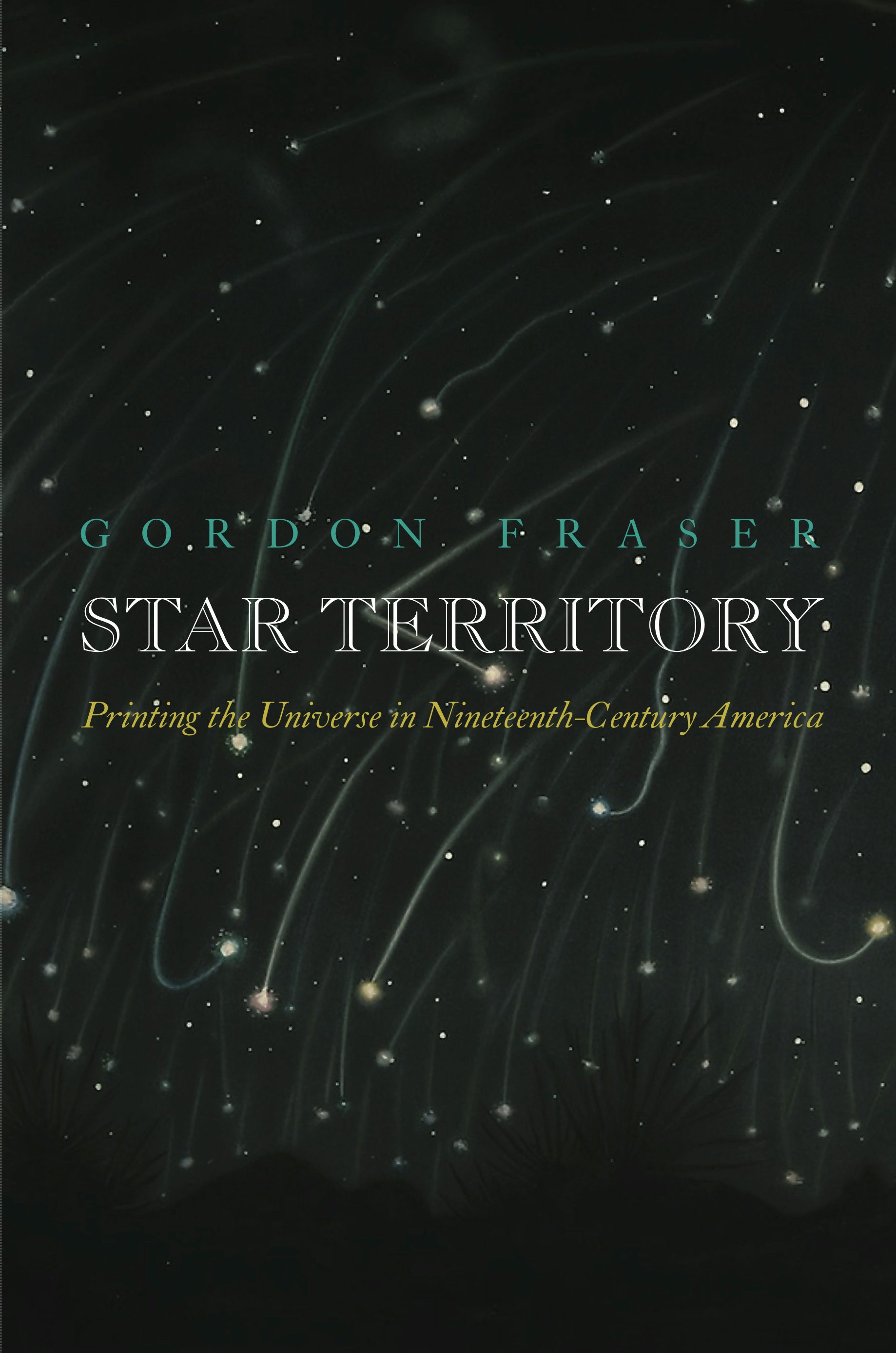Burges’ comet is revealing of scientific publication in the late eighteenth-century United States and of the informal role astronomical study played in U.S. politics. For nationalists such as Adams, the new nation was exceptional in a cosmic sense. Celestial language was ubiquitous among the cohort of early leaders.
Most obviously, boosters described the new United States as having emerged from a “revolution,” an astronomical metaphor connoting a return to older orders. This formulation, as Hannah Arendt pointed out a half century ago, was radically misapplied to the United States, a nation not so much reestablishing an older order but attempting to establish a new one. Yet “revolution” stuck. And the astronomical metaphors did not stop there. From 1777 onward, the Continental Congress described the union of the “Thirteen United States” as a “new constellation” in the firmament of nations. Appropriately, the national flag was covered in stars. For Thomas Paine, the new nation would be a “primary planet.” To navy administrator Francis Hopkinson, a signer of the Declaration of Independence, it would be “a new planet in the system, called the American Empire.” The nation’s first chief executive was widely described as a “polar star,” the guide by which a sovereign people might navigate. The authority of the new federal government would travel in a wide orbit, according to Alexander Hamilton. The nation’s warships bore names like USS Constellation, and its coins bore Latin inscriptions like Nova Constellatio, or New Constellation. The aspirations of many eighteenth-century U.S. nationalists were cosmic, even universal, in scope.
More critically, numerous U.S. leaders hoped that, through print, they might render cosmic space and time instrumental to national development. John Adams was not the only federal official to imagine that the print production and circulation of scientific discoveries might enable the expansion of U.S. power across multiple vectors. For these leaders, the laws of print circulation and social cohesion were as certain as the laws of natural philosophy, or what we would call physics. Americans were drawn together, Paine wrote, by a force as inexorable as that of “gravitation.” After the war, Benjamin Rush called the emergent postal system the “true nonelectric wire of government.” (By “nonelectric,” he meant insulated—in essence, an insulated wire transmitting electrical current.) Some of the earliest acts of Congress were calibrated to enable the production of a national consciousness through the distribution of print. The Post Office Act of 1792, for instance, admitted newspapers to the mails at a reduced charge. Government reports and speeches were likewise subsidized, and roughly one-quarter of total imprints in the 1790s were official public documents, which traveled through the mail for free. U.S. leaders believed that print production and circulation would be central to both the “Progress of Science” and to national development.
